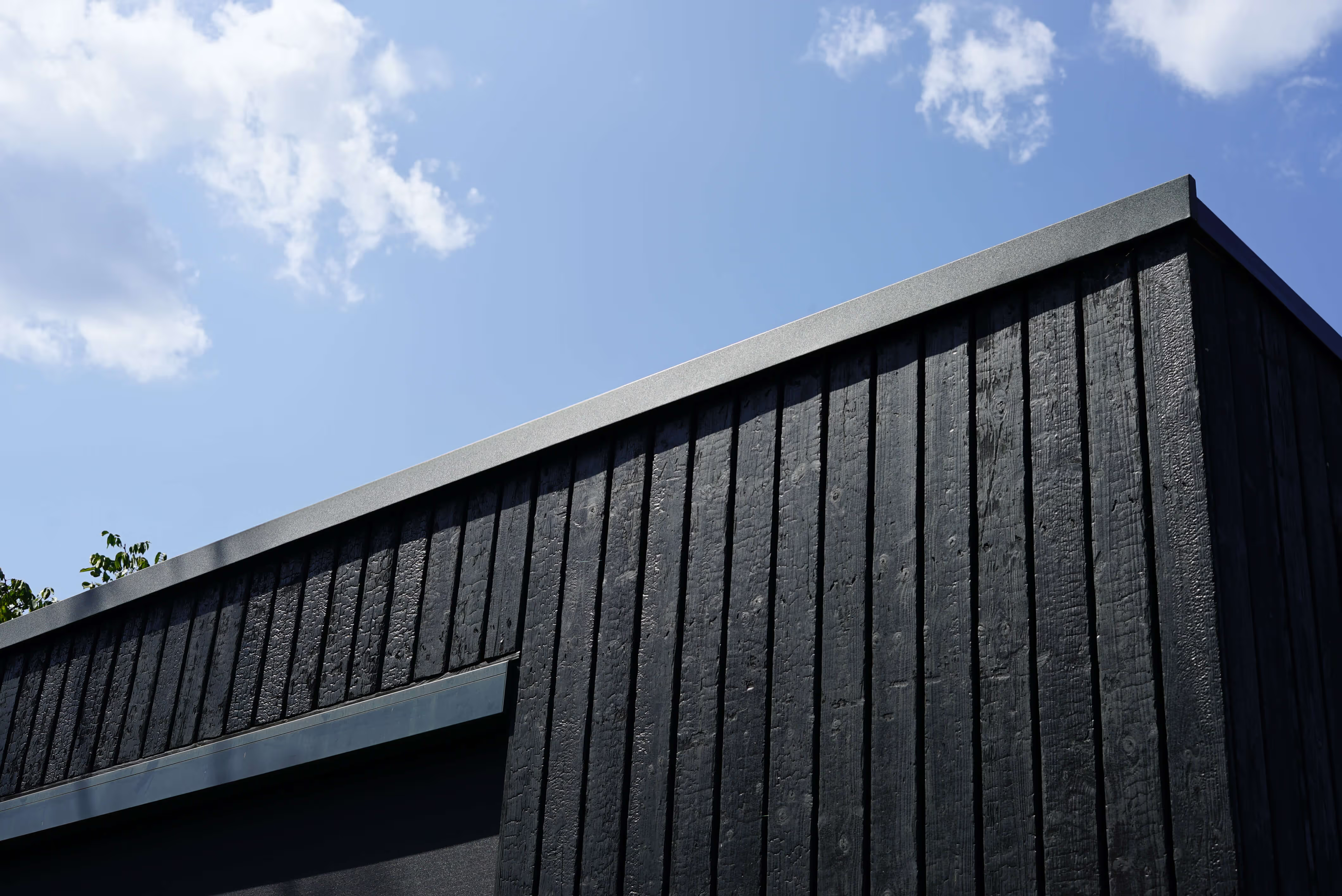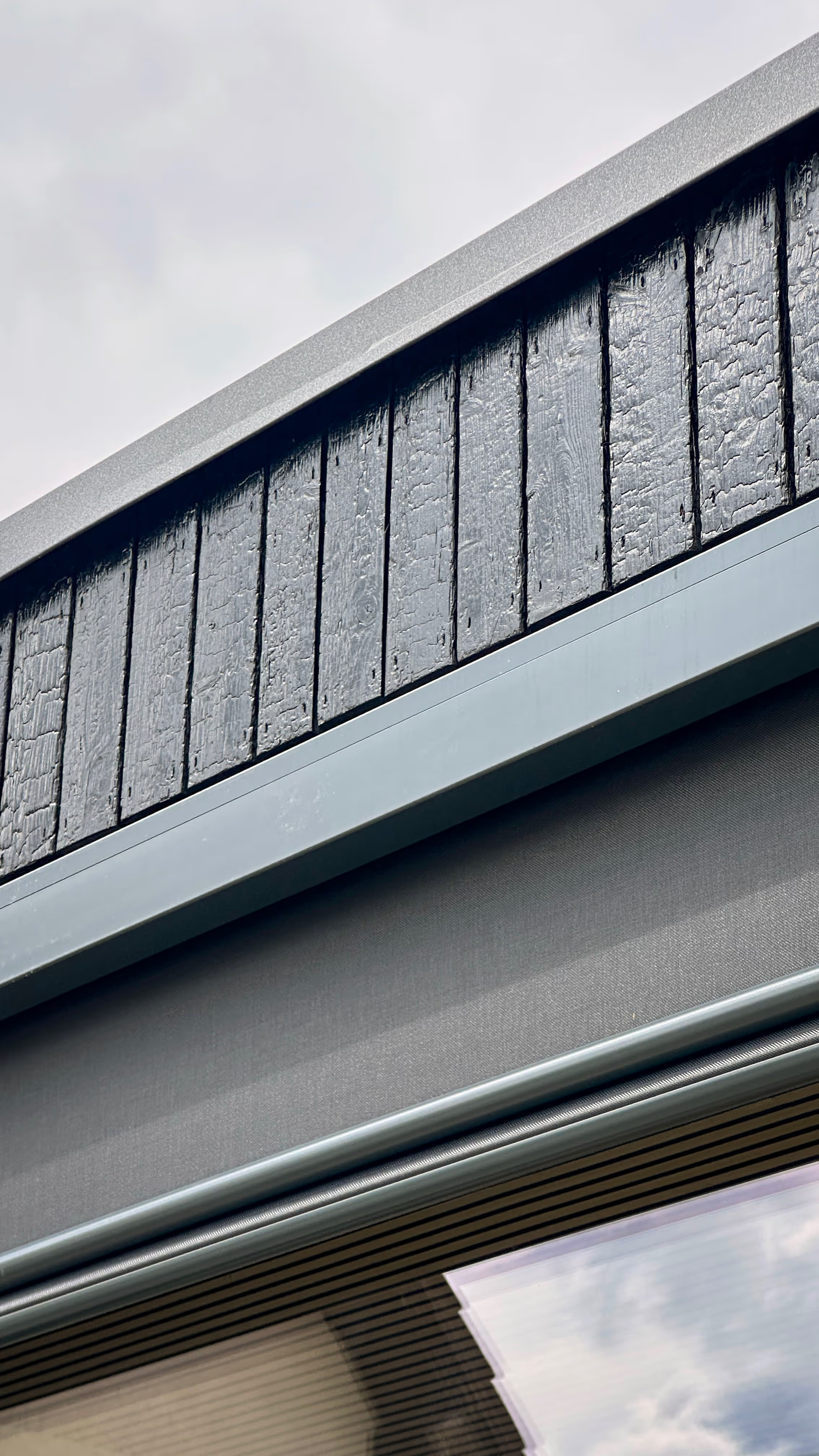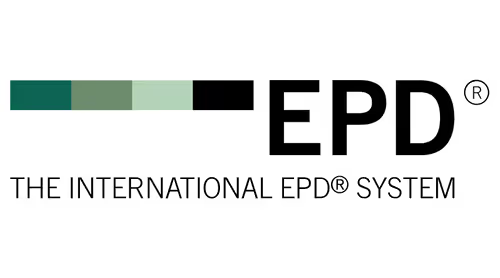BIOBUILDS
- public EN


Search or filter by category.
You are investing in the world’s most rigorous building certification. Over 2,000 parameters are verified by the Passive House Institute in Germany.
Certified, patented 35 cm timber-frame structure. FSC-certified C24 timber is selected for exceptional strength.
High-performance STEICO wood-fiber insulation, λ ≈ 0.036 W/m·K.
The Scandinavian reference for timber-frame is 70–100 years. MODULAR is fully airtight and limits infiltration, which can significantly extend its service life. The minimum estimate is 70–100 years.
Both are possible. Most clients choose permanent homes. The 142 m² model is popular for families.
Nest 24 m² 6.3×3.8 m. Wanderlust 48 m² 12.6×3.8 m. Serenity 95 m² 12.6×7.6 m. Sanctuary 142 m² 12.6×11.4 m.
See prices on biobuilds.ro. Guide: about €1,000/m² semi-finished to €2,000/m² for an ultra-finished model plus smart systems. Compare this against ongoing savings. Calculate savings.
Romania 2024 reference: ~€1,800/m² finished.
It quantifies the life-cycle impact. MODULAR is carbon-negative, at −36.31 kg CO₂ per m².
On the BIOBUILDS website and the public pages of the issuing institutes. This includes Passivhaus certification and EPD International.
Yes. Low consumption enables compact PV and battery systems for autonomy.
It has a rigid prefabricated structure with ground-screw foundations to dissipate shocks and vibrations. It offers high resistance to wind and heavy rain.
Over 60 minutes. Yakisugi or thermally modified wood cladding provides enhanced natural protection.
C24 FSC timber + wood-fiber insulation + ECO OSB with low or zero formaldehyde + smart vapor control membrane. U ≈ 0.14 W/m²K.
Timber frame. Timber insulates naturally, is strong, and supports healthy indoor conditions.
Over 98% organic materials. This helps regulate humidity and indoor air quality.
Approximate airborne sound insulation of 54 dB. This is comparable to professional audio spaces.
Controlled outward drying via a smart membrane. The risk of condensation and mold is eliminated.
Yakisugi or Lunawood. Both offer high protection and durability.
A full catalog of premium organic finishes is available during the design phase. These are included at no extra cost for the turnkey option.
A controlled air cavity that evacuates moisture and protects the structure long-term. Also known as rainscreen cladding.
Yes. For modules with a kitchen, rough-ins are pre-installed and ready for cabinets and appliances.
Low maintenance. A typical recoat is needed every 5–10 years, versus 1–2 years for many conventional finishes.
Materials are selected for easy cleaning and durable, modern natural aesthetics.
Smart external blinds are available as an option. They are passive-house compatible and can block up to 99.9% of solar radiation. Smart control is available.
A low slope of 3–5°. This provides a flat look with efficient drainage.
Yes. Ventilation reduces moisture and overheating and extends the life of the roof covering.
An EPDM membrane with industrial-grade durability.
Yes. The structure supports green roofs and PV. Dimensions are engineered to the required loads.
Concealed gutters are located within the ventilated facade. Optional collection for reuse is available.
Engineered beyond national standards for extreme loads, ensuring high safety in use.
It targets the Passivhaus standard of ~15 kWh/m²·yr. This is about 10 times more efficient than an nZEB (nearly zero-energy building). This results in very low bills.
Performance varies by climate, orientation, and use.
Below 0.5 h⁻¹ (air changes per hour) tested or simulated. It has been measured as low as 0.24 h⁻¹ on real projects, which is far better than conventional builds.
The construction system. It confirms efficiency, airtightness, and controlled thermal bridges.
~15 kWh/m²·yr. The EU average is ~350 kWh/m²·yr. This leads to substantial energy savings.
Values vary with site and use.
Up to 95% savings. This depends on consumption, climate, and orientation.
Super-insulation, smart shading, and heat-recovery ventilation provide stable comfort during heatwaves.
Needs vary by climate.
High insulation and heat-recovery ventilation ensure thermal comfort with minimal energy input.
Needs vary by climate.
It cuts infiltration. Typical houses can lose up to ~20 ACH (air changes per hour). MODULAR targets ~0.5 ACH.
Triple glazing, Ug ≤ 0.5 W/m²K. Passivhaus-certified aluminum frames.
Through a certified, patented system. Passivhaus-compliant details and continuous insulation meet the no-thermal-bridge criterion.
Carbon-negative. −36.31 kg CO₂ per m².
The full life cycle. It is an international standard with full transparency.
CE-marked and Passivhaus-certified products. FSC-certified structural timber for responsible forestry.
With over 98% organic content, a large share is recyclable or reusable.
Such programs are under evaluation as part of our circularity strategy.
Near zero. 99% is factory-prefabricated for a clean site and reduced impact.
Materials are selected for minimal VOCs. ECO OSB with zero or reduced formaldehyde is used for clean indoor air.
High airtightness with controlled outward diffusion, in line with Passivhaus principles.
G4 and F7 filters. They capture dust, pollen, and allergens. A full air refresh occurs roughly every 2 hours.
Organic materials buffer humidity and support daily breathing comfort.
Rigorous controls are performed per EU standards and relevant Passivhaus checks.
Nest: 2 days. Wanderlust: 3 days. Serenity: 5 days. Sanctuary: 7 days. This is the factory time.
Through LEAN processes, Passivhaus standards, and EU regulations. On-site assembly takes 1–2 days per module.
Yes. Schedule a visit at hello@biobuilds.com.
Reservation: 10%. Order: 40%. Production: 40%. Delivery: 10%.
Yes, through partner architecture offices across Europe.
In most EU countries, the client handles utilities with licensed contractors. We can provide the foundation, typically on ground screws.
Our team surveys the site and checks access. Logistics planning is included.
Usually a few days due to prefabrication. The exact time depends on site conditions.
The semi-finished option requires interior finishing. The turnkey option allows for immediate move-in with furniture.
The configurator is designed for personalization while maintaining system performance.
Yes, with added production-adjustment costs. Changes may slightly affect efficiency.
Yes. The system supports planned future extensions.
Yes. We have local partners for decks in some areas. Pergolas can be implemented separately.
Preconfigured lighting, blinds, and other smart systems are available. They are expandable on request.
Changes are billed against agreed drawings. We use a transparent change control process.
Turnkey includes: the complete house, smart systems, ventilation, blinds, finishes, MEP, and assembly team.
Extra: foundation, utility hookups, transport, and crane. Estimated at 4–8% of the price, depending on location.
Financing, bank transfer, cash, company payment, crypto. Solutions are tailored to your context.
The EU standard is 24 months for consumers and 12 months for commercial clients. Extensions are available. Component manufacturers’ warranties apply in addition.

